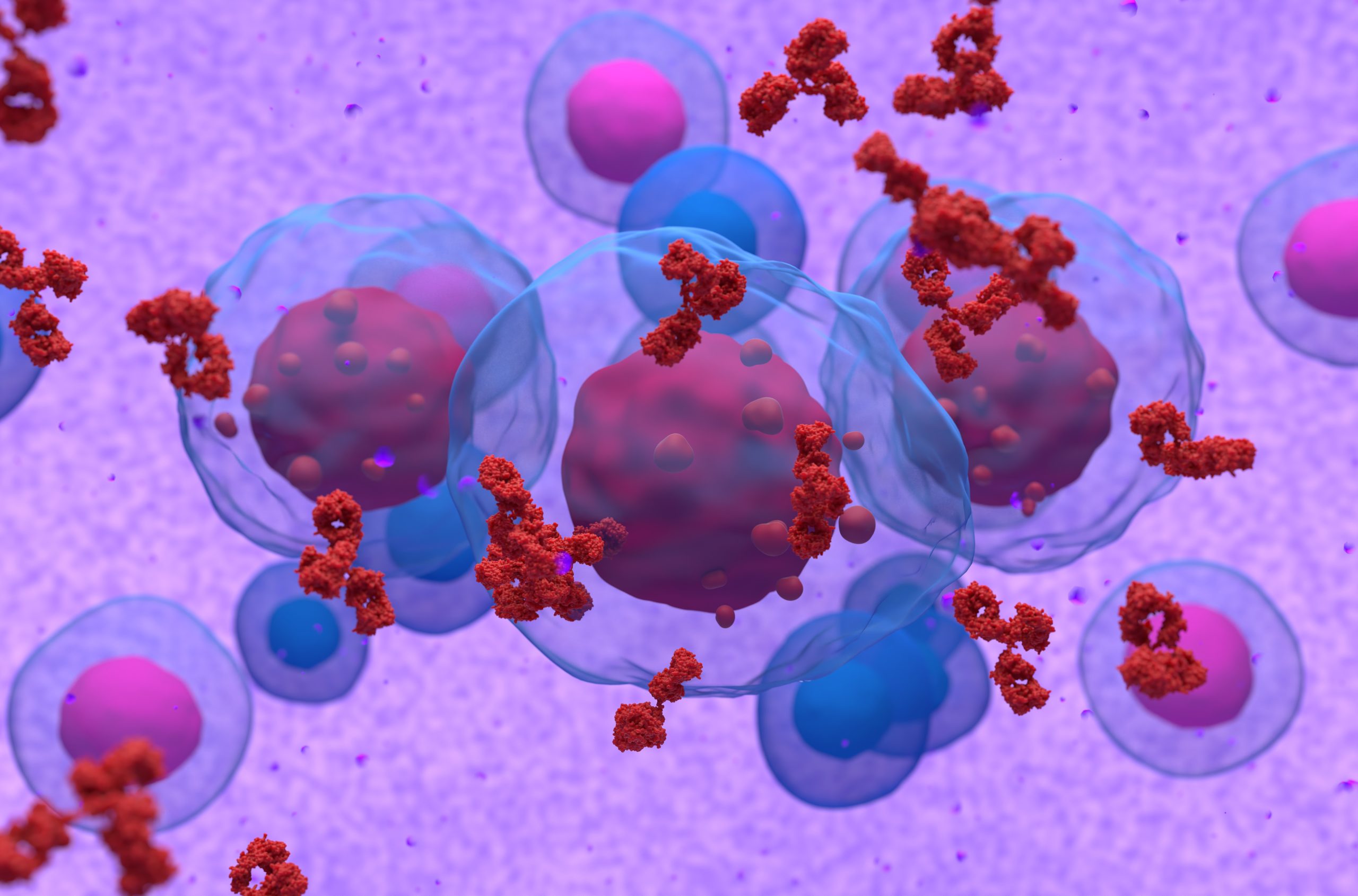
Adding a monoclonal antibody to a triplet treatment significantly lowered the risk of disease progression and death compared with the triplet treatment alone in transplant-eligible patients with newly diagnosed multiple myeloma (MM), according to the final analysis of the GRIFFIN trial.
Douglas Sborov, MD, of the Huntsman Cancer Institute at the University of Utah School of Medicine, spoke about the results during an oral abstract presentation at the 19th Annual International Myeloma Society (IMS) Meeting.
The final analysis of GRIFFIN took place after all patients completed at least one year of long-term follow-up after the end of study treatment or withdrawal. The study included transplant-eligible patients with newly diagnosed MM.
The patients were randomized 1:1 to receive four induction cycles of daratumumab plus lenalidomide, bortezomib, and dexamethasone (n=104) or lenalidomide, bortezomib, and dexamethasone alone (n=103), followed by autologous stem cell transplant (ASCT), two consolidation cycles with the quadruplet treatment or the triplet treatment, and two years of maintenance with lenalidomide plus daratumumab or lenalidomide alone. The primary endpoint of the study was the stringent complete response rate by the end of consolidation.
The stringent complete response rate was significantly higher in the quadruplet treatment arm (67%) than in the triplet treatment arm (48%; P=.0079).
A “clinically meaningful” 55% reduction in risk of disease progression or death in the quadruplet treatment arm compared with the triplet treatment arm was reported at a median follow-up of 49.6 months (hazard ratio, 0.45; 95% confidence interval, 0.21-0.95; P=.0324), Dr. Sborov said during the IMS conference presentation.
The estimated 48-month progression-free survival (PFS) rate was 87.2% in the quadruplet treatment arm and 70% in the triplet treatment arm.
“The separation of the PFS curves occurred beyond one year of maintenance. Progression-free survival was also investigated in those patients who did or did not continue lenalidomide therapy per standard of care after the completion of study treatment,” Dr. Sborov said. “Regardless of lenalidomide therapy, continuation of progression-free survival benefit was observed in the [daratumumab plus lenalidomide, bortezomib, and dexamethasone group] versus the [lenalidomide, bortezomib, and dexamethasone] group.”
The rate of minimal residual disease (MRD) negativity at 10−5 was significantly higher in the quadruplet treatment arm (64.4%) than in the triplet treatment arm (30.1%; P<.0001), as were rates of durable MRD negativity at 10−5 that lasted at least a year (44.2% and 13.6%, respectively; P<.0001).
The rate of MRD negativity at 10−6 was significantly higher in the quadruplet treatment arm (35.6%) than in the triplet treatment arm (15.5%; P=.0013). However, the rate of durable MRD negativity at 10−6 that lasted at least a year was comparable between quadruplet and triplet treatment arms (9.6% and 3.9%, respectively; P=.1646).
The researchers reported seven patients in each arm died.
“Overall survival data, as expected, are not mature and longer follow-up would be required to evaluate this endpoint,” Dr. Sborov said.
Grade 3 or 4 treatment-emergent adverse events were reported in 85.9% of patients in the quadruplet treatment arm and in 79.4% of patients in the triplet treatment arm.
“In conclusion, in the final analysis of GRIFFIN with over four years of follow-up, the addition of daratumumab to [lenalidomide, bortezomib, and dexamethasone] induction and consolidation therapy, and lenalidomide maintenance therapy, improved clinical outcomes in transplant-eligible patients with newly diagnosed multiple myeloma,” Dr. Sborov said. “Ultimately, these data support the use of [daratumumab plus lenalidomide, bortezomib, and dexamethasone] induction and consolidation, and daratumumab and lenalidomide maintenance, as a new standard of care in transplant-eligible patients with newly diagnosed multiple myeloma.”
Sborov D, Laubach J, Kaufman J, et al. Daratumumab (DARA) + lenalidomide, bortezomib, and dexamethasone (rvd) in patients (pts) with transplant-eligible newly diagnosed multiple myeloma (NDMM): final analysis of GRIFFIN. Oral Abstract #057. Presented at the 19th Annual International Myeloma Society Meeting; August 25-27, 2022.

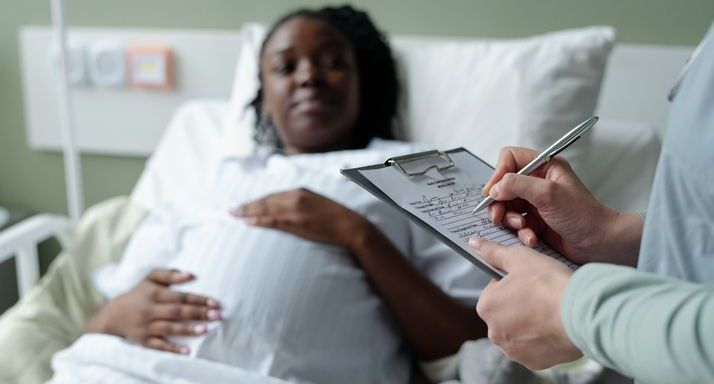
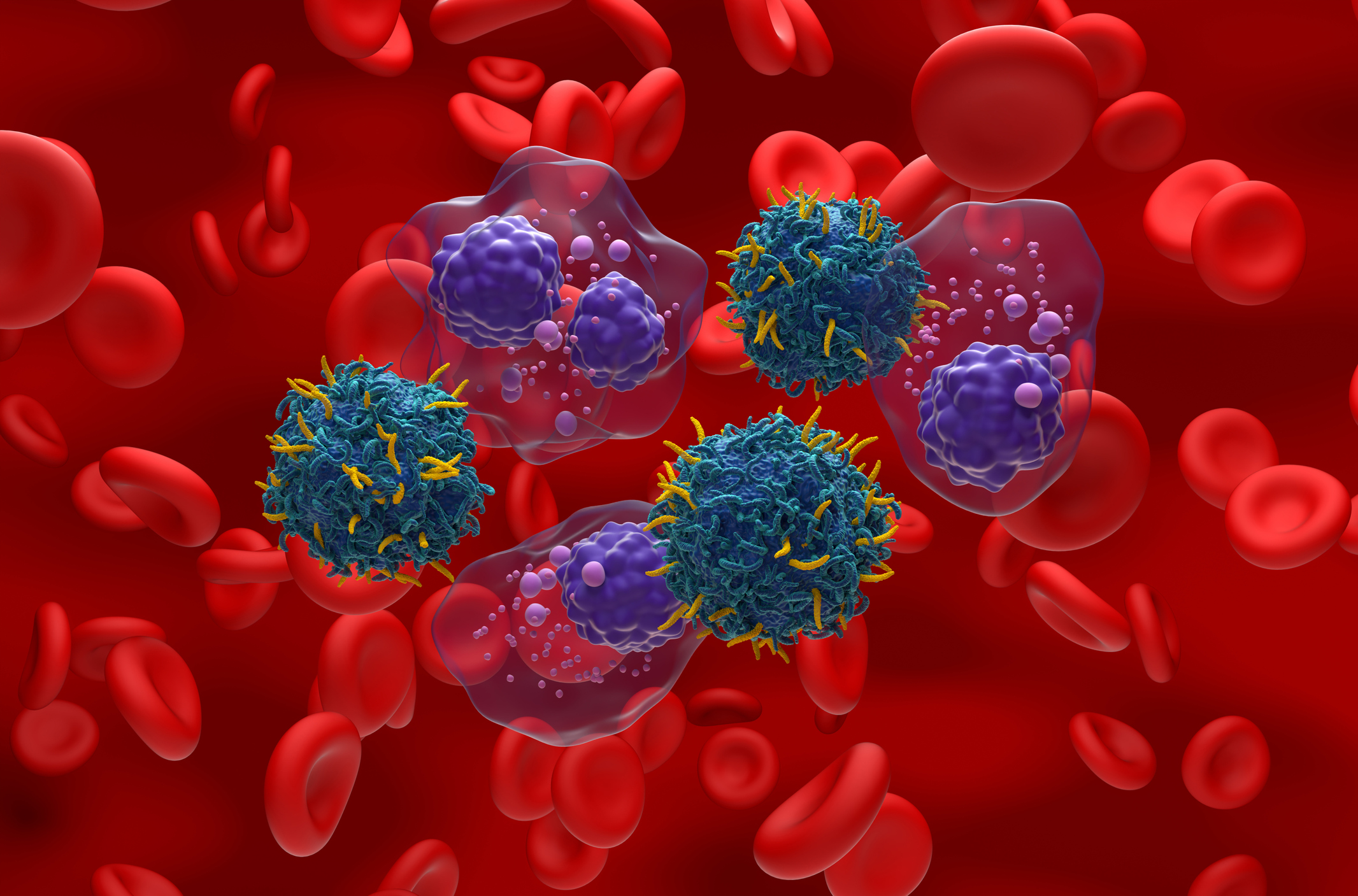
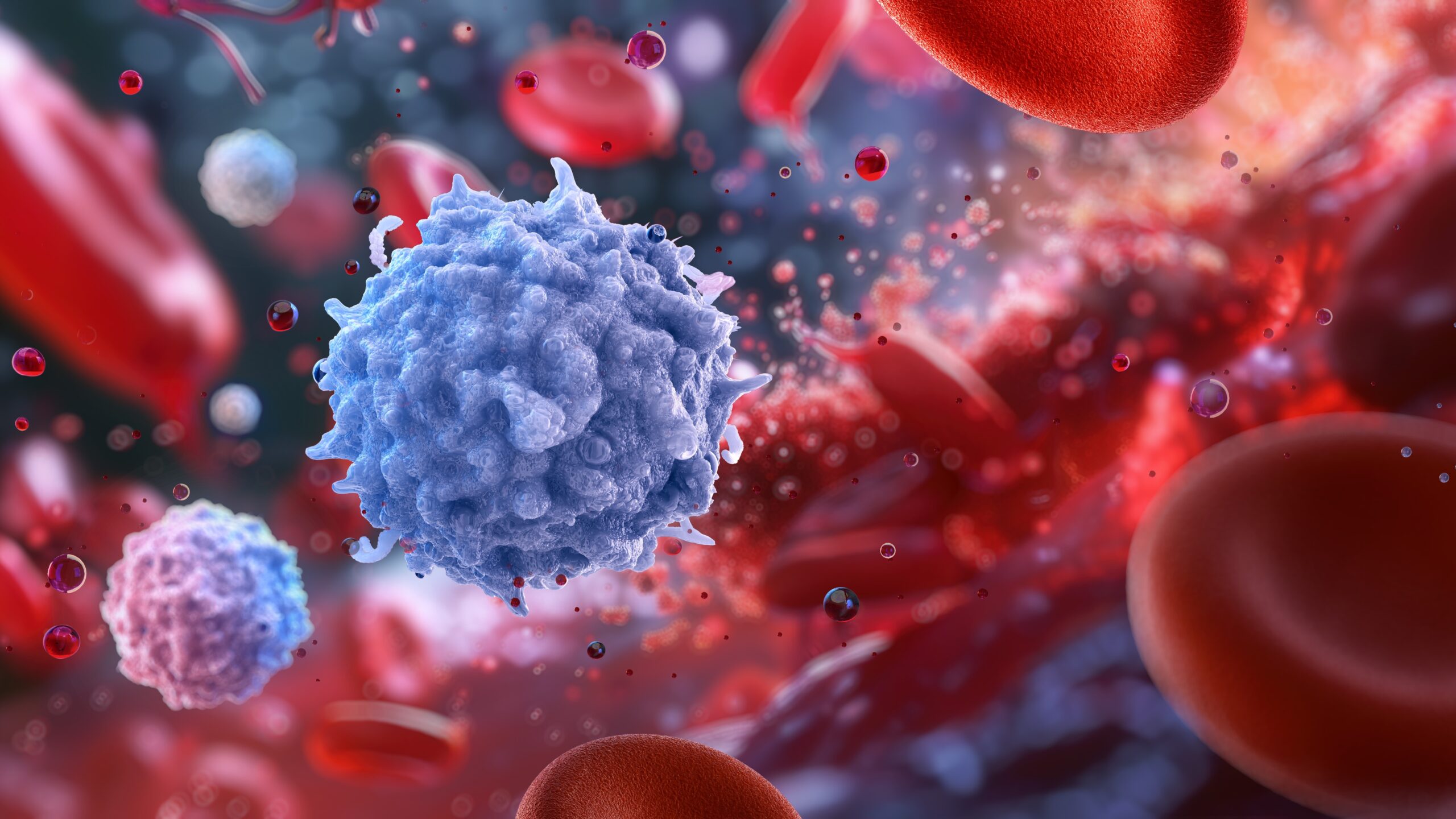
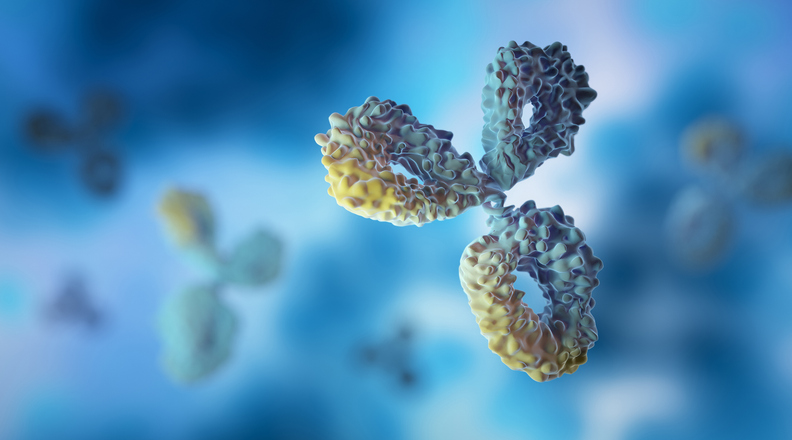
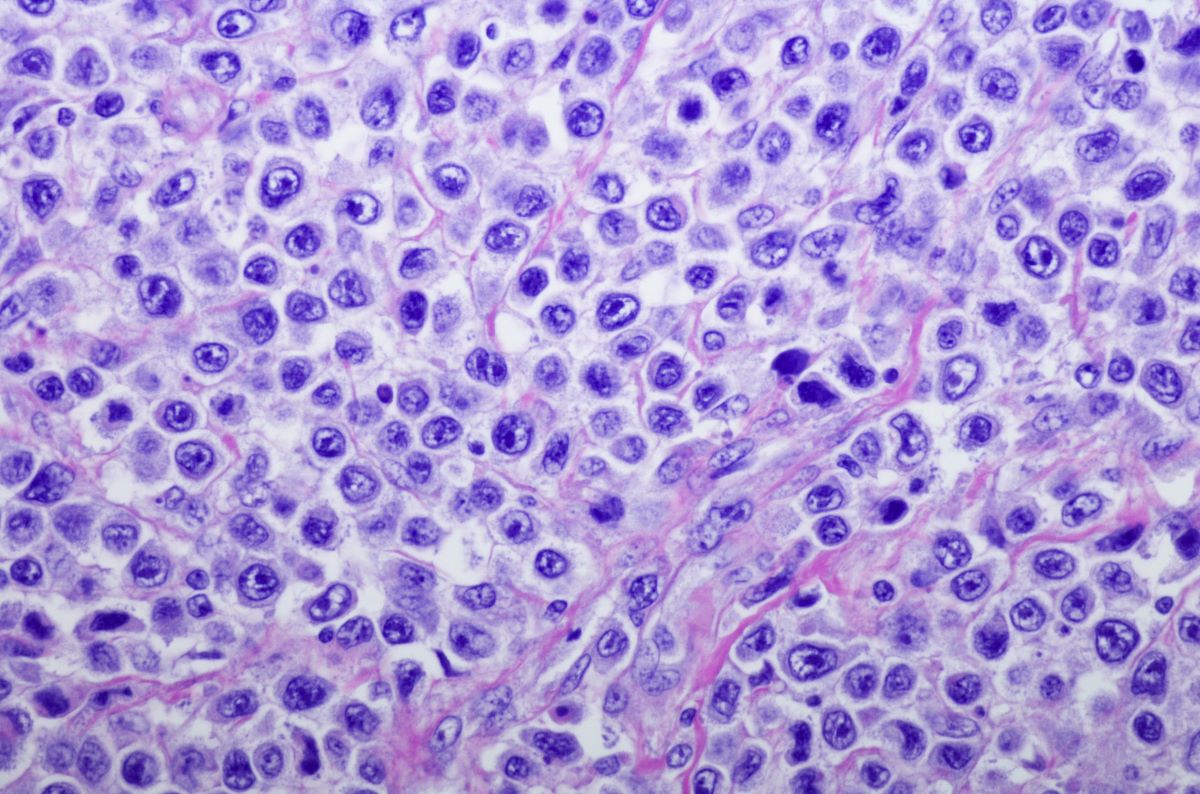
 © 2025 Mashup Media, LLC, a Formedics Property. All Rights Reserved.
© 2025 Mashup Media, LLC, a Formedics Property. All Rights Reserved.